1938-1949
Acting under the terms of the Rural Electrification Act, the first board of directors approved the District’s Petition of Creation on December 31, 1938. During the first board meeting, held on January 4, 1939, by-laws were approved, and a resolution was adopted to borrow funds from the Rural Electrification Administration (REA) in Washington D.C. for line construction.
By February 1940, the District had constructed 130 miles of line and was serving 188 customers. Work was slow during the post-World War II years due to a lack of manpower and materials. In 1945, the District moved from 722 Lincoln Avenue to 1010 Lincoln Avenue in York, Nebraska. On October 2, 1945, the board of directors adopted a resolution to add Fillmore County to the District’s service area.

Front left to right: C.C. Litchenberger; Curtis Reed; Raymond Samson; Oscar Nelson.
1970-1989
The March 29, 1976 blizzard brought destructive sleet, ice, snow, and wind to York County RPPD. Nearly every east-west line in the district was destroyed. An estimated 13,600 poles were lost due to ice and 60 mph winds. In January of 1978, the District began moving to their current location at 2122 South Lincoln Avenue. The Rural Extra was created to communicate with customers, this publication usually included recipes and kitchen tips. Another big change that occurred in 1978 was the introduction of load control management to irrigation customers. Load control management has helped the District maintain low and stable rates through the years. In March of 1989, York County RPPD began serving the communities of Benedict, Grafton, Lushton, Strang, and Thayer.
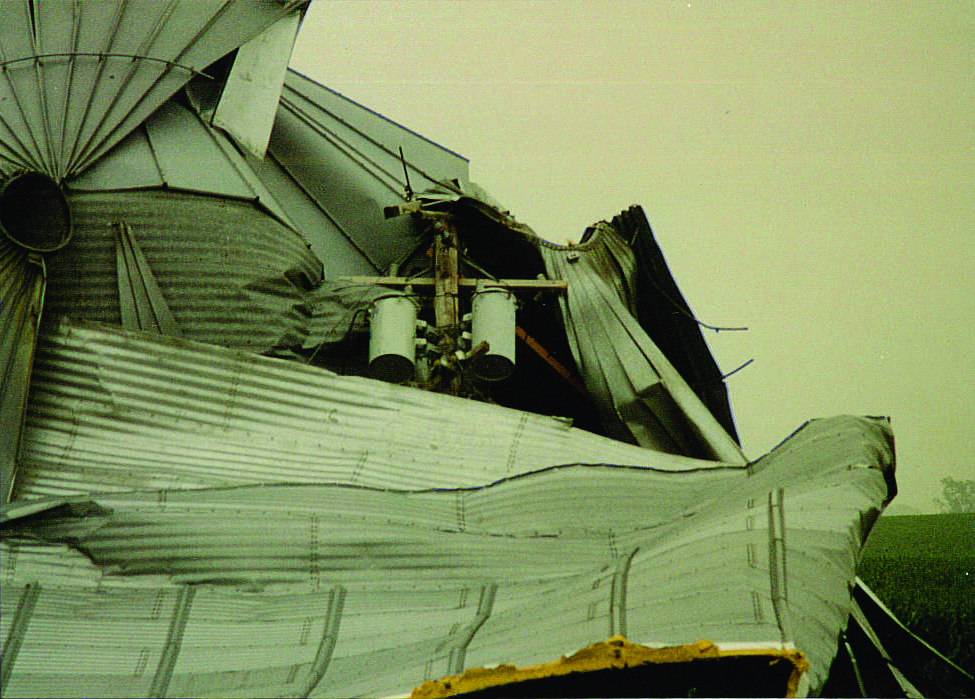
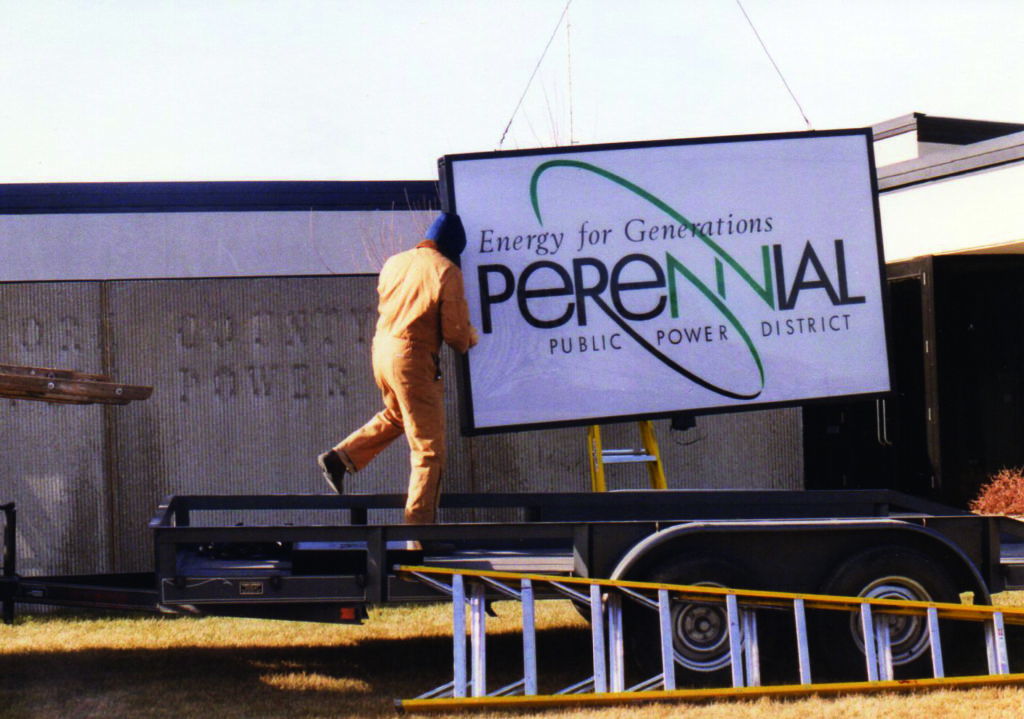
2000-2009
By 2004, the District had grown from a few employees in 1939, to 32 employees. Their footprint had also grown into a power grid that consisted of almost 7,000 customers, 26 substations, and over 2,000 miles of transmission and distribution line serving the two counties. The deployment of Automated Meter Infrastructure (AMI) system by the District in 2007, eliminated the need for rural customers to read their meters on a monthly basis. The AMI system allowed Perennial staff to read meters remotely from the office. On December 23, 2009, the District saw another debilitating storm. The day started with freezing rain, then the following two days were severe blizzard conditions, which brought snow accumulations over 16 inches, driven by wind gusts of over 55 mph. This storm left 2,380 Perennial customers without power. York and Fillmore County Road Departments assisted in clearing drifts for line crews to begin restoring service.

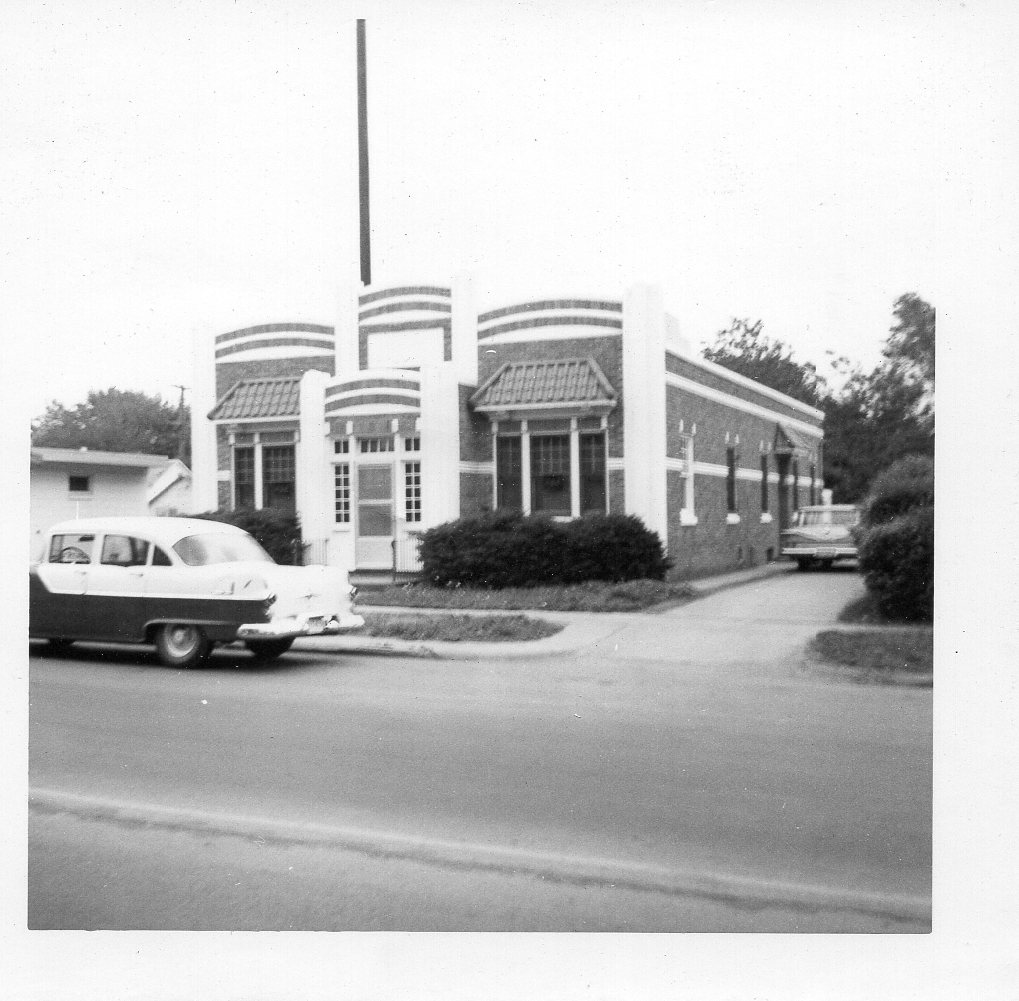
1950-1960
From 1950 to 1960, as electric use continued to grow, York County RPPD grew with it by constructing more subtransmission lines, substations, and distribution lines, all of which were heavier than the previously constructed lines.
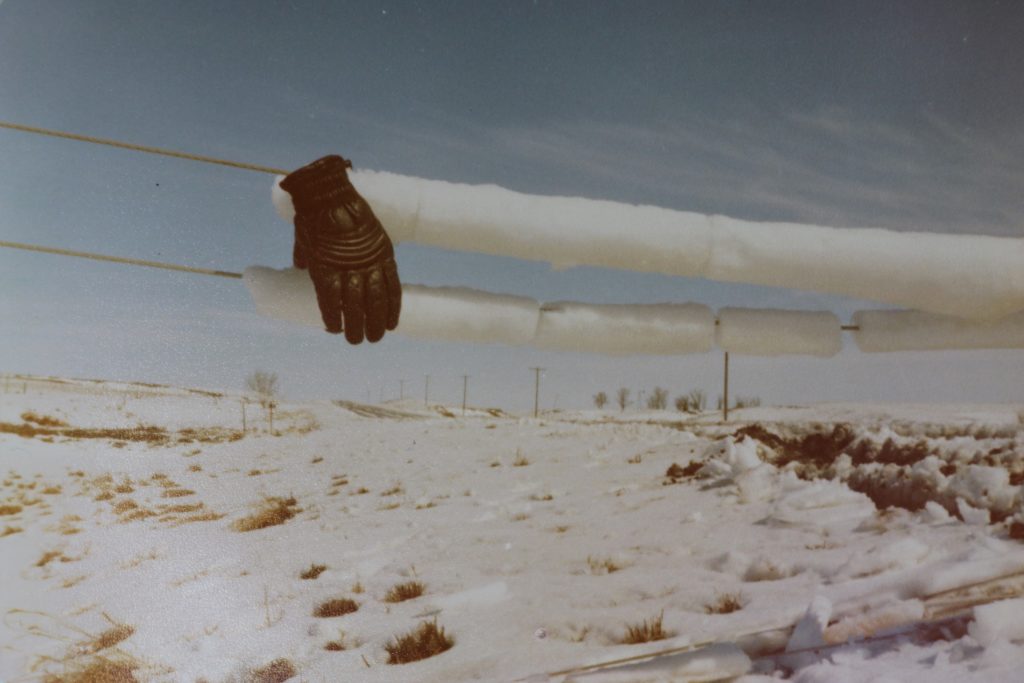
1990-2000
On July 8, 1993, the District’s entire service area saw damage when a 100 mph straight-line wind storm hit the area. Out of the District’s 13 substations, 11 were without power, 23 transmission and almost 100 distribution poles were broken. Thankfully, power was restored with help from five neighboring public power districts. In November of 1994, the Rural Extra newsletter became part of the Rural Electric Nebraskan magazine, a publication of the Nebraska Rural Electric Association. The blizzard of October 25, 1997 dumped over 15 inches of heavy wet snow in Fillmore County and southern York County. The early snow left almost 800 customers without power and brought the fall harvest to a standstill. In August of 1999, the District begun serving the communities of Exeter, Gresham, Henderson, McCool Junction, Milligan, Ohiowa, and Waco. Known as the Future Strategies Project, nearly 2,000 customers and 104 miles of transmission line were acquired in this project. In November of that same year, the Nebraska Power Review Board approved the District’s application to amend its charter to change its name from York County Rural Public Power District to Perennial Public Power District, as they felt it better represented their service territory. To reflect the District’s name change, the Rural Extra was changed to Perennial News.
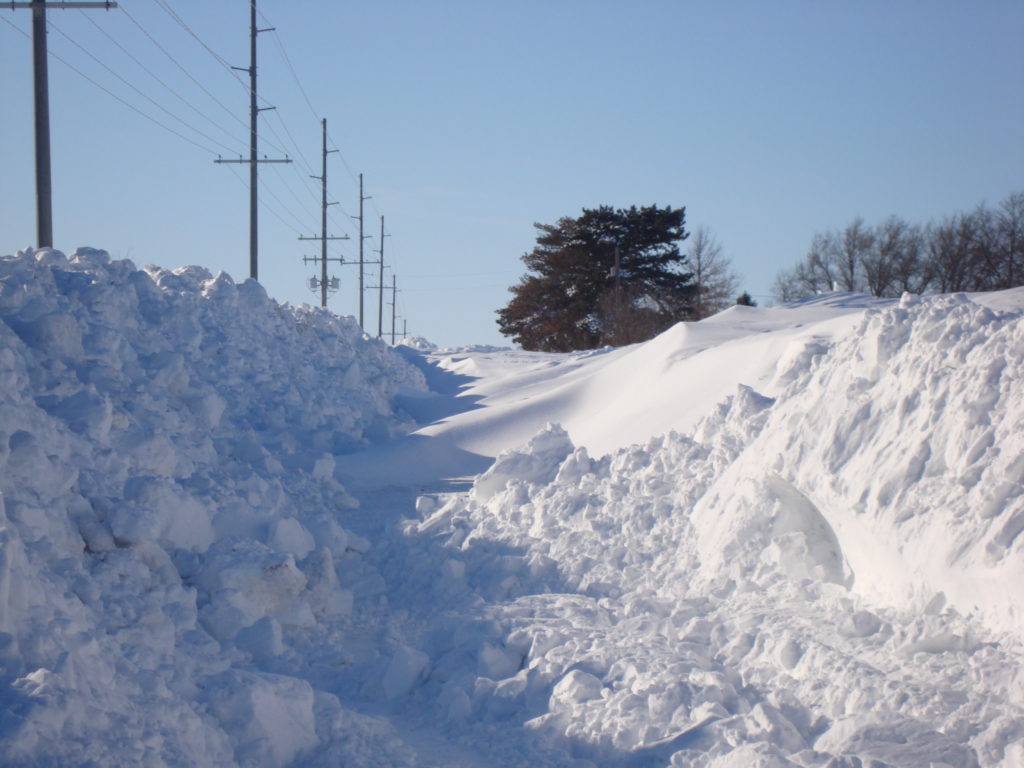
2010-Present
Today, Perennial employs 31 employees and the infrastructure has grown to include 2,025 miles of line that serve approximately 8,000 customers. Line crews have bucket and digger-derrick trucks, that were not available to the original crews, as well as safety gear to make their job easier and safer while they continue to work hard to keep the power on. Extreme weather events continue to provide challenges, just as they always have. Advances in technology have allowed Perennial to become more efficient and work safer. The implementation of smart meter technology, online billing, and other services have made doing business with Perennial easier and more convenient. A lot has changed since the first board meeting in 1939. Most of the original customers had to wait a long time to get electricity into their homes. Today, service to a new home or business can be installed in a relatively short amount of time, and when service is interrupted for any reason, power is restored quickly. Towards the end of 2017, the District began publishing the Perennial News as a standalone magazine. As the District looks towards the future, it knows it will continue to adapt new technology when feasible to better serve customers, while continuing to keep rates low.

